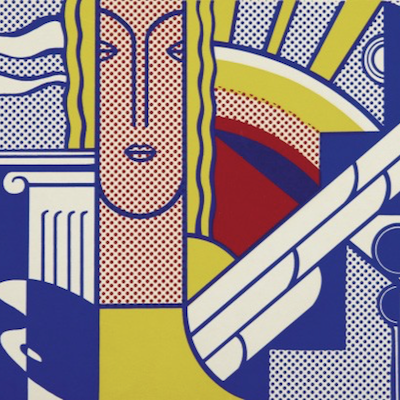
Details
Artist
Styles
Fine silk-screen on Schoeler paper, signed by the artist. // Moi, Planche 12 by Antonio Saura is a 1976 serigraph on Schoeler paper that delves into the artist's exploration of distorted, expressive portraits. The central figure, depicted in stark black and gray tones, features exaggerated eyes and a roughly contoured face, evoking an unsettling, almost haunting gaze. Saura’s abstract approach to portraiture reflects psychological intensity and a raw, primal energy. The simplicity of color and form emphasizes emotional depth, making this limited edition (60+12 artist proofs) print a powerful study of human expression through abstraction.
Moi, Planche 12, 1976
form
Medium
Size
102 x 73.5 cm
- Inches
- Centimeters
Edition
Price
- USD
- EUR
- GBP
Details
Artist
Styles
Fine silk-screen on Schoeler paper, signed by the artist. // Moi, Planche 12 by Antonio Saura is a 1976 serigraph on Schoeler paper that delves into the artist's exploration of distorted, expressive portraits. The central figure, depicted in stark black and gray tones, features exaggerated eyes and a roughly contoured face, evoking an unsettling, almost haunting gaze. Saura’s abstract approach to portraiture reflects psychological intensity and a raw, primal energy. The simplicity of color and form emphasizes emotional depth, making this limited edition (60+12 artist proofs) print a powerful study of human expression through abstraction.
- Recently Added
- Price (low-high )
- Price (high-low )
- Year (low-high )
- Year (high-low )
Antonio Saura
Serie Abierta (Vibrant Eyes And Abstract Shapes, 1989
Limited Edition Print
Lithograph
EUR 2,950
Antonio Saura
Doña Jerónima De La Fuente (Velázquez), 1991
Limited Edition Print
Lithograph
EUR 1,880
What is late modernism?
Late Modernism refers to the continuation and evolution of Modernist principles in art, architecture, and literature from the mid-20th century into the late 20th century. This movement maintains a focus on form, abstraction, and the rejection of traditional styles, but it often incorporates more complexity and ambiguity compared to early Modernism. Late Modernism explores themes such as alienation, identity, and the fragmentation of reality, reflecting the social and cultural shifts of the post-war period. It is seen in the works of architects like Louis Kahn and artists like Francis Bacon, who pushed the boundaries of Modernism while responding to the changing world around them.






































